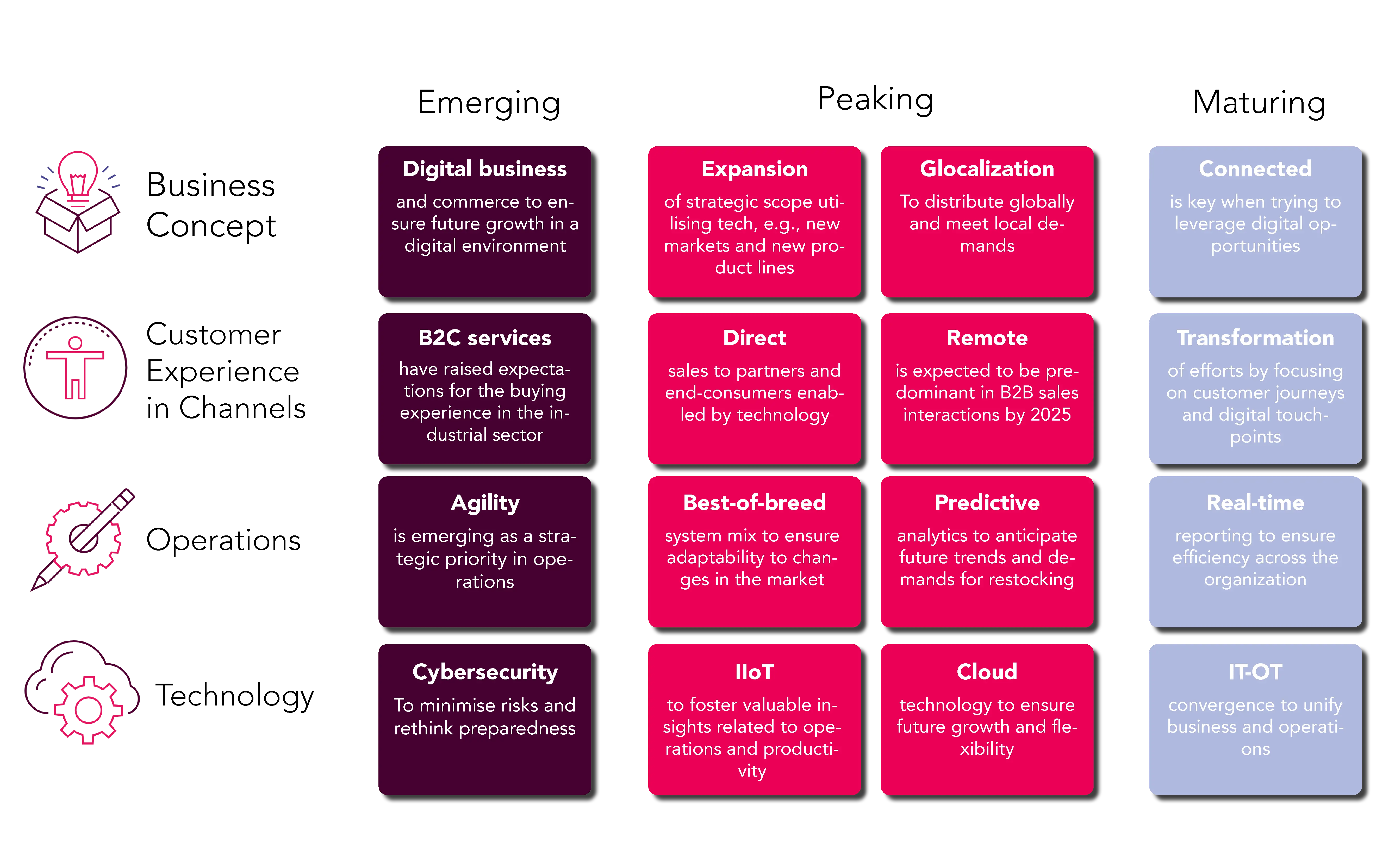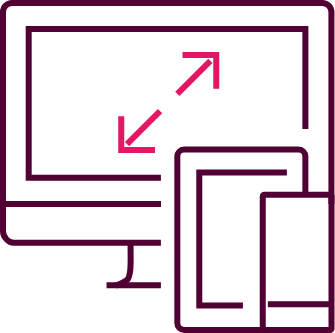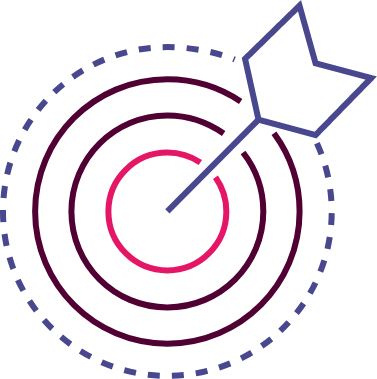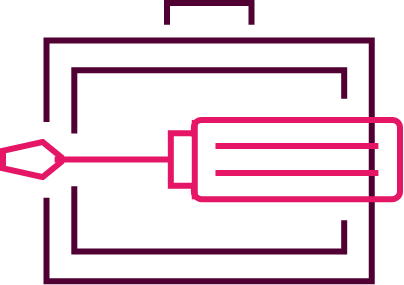
Manufacturing companies
Does your manufacturing company offer its customers the option of ordering products online? Traditionally, manufacturing companies have had good control over the digitalisation of internal administrative processes, and have only to a lesser extent made active use of digitalisation as leverage for customer-oriented sales. But professional customers have, within the last few years, begun to demand the option of ordering online. This demand is here to stay.
The manufacturing industry is characterised by the fact that 40% of the companies have a business model based wholly or partly on customised solutions - i.e. the product is only produced after the order has been placed in accordance with the agreed configuration. Even for these companies, there are ample opportunities to digitalise sales.
Important digital trends within Manufacturing
The business concepts of manufacturing companies are clearly developing. E-commerce is increasingly considered a key factor in the sales process on the B2B market, where online interaction with partners and end consumers creates completely new opportunities.
The customer experience, which is delivered through traditional channels must also be available on the digital platforms.
The digital channels are actually expected to be the dominant sales channels as early as 2025.
Digitalisation, agility and Big Data have left their mark on daily operations.
The key to success and efficient business processes can be found, among other things, in a carefully selected mix best-of-breed platforms for handling both internal and external activities. All this and more is required by the technological possibilities.
Cloud in particular has become a new buzzword in the industry due to the completely unique possibilities to scale up and down according to market needs.
Below we have compiled an illustration of the most important trends in the industry.
If you are interested in knowing what this means for your company, contact us.

Novicell offers a range of services and solutions
An example of how to get started

1. Establishment of a CPQ platform
Establish the foundation in the back office that enables the screen to turn strategically towards the market and the customers. This is achieved through a CPQ platform that replaces Excel sheets by taking structured care of Configuration, Pricing and Quoting. This improves the transition from sales to production by minimising wrong orders, reducing lead time and at the same time providing full transparency in even quite complex quotation processes.

2. The configurator is taken online
The configurator is taken online and turned towards the market as a marketing engine. It provides an opportunity to engage with new potential customers and demonstrate skills in a "trial configurator" - it provides traffic and the relevance will result in qualified leads

3. The configurator as a self-service portal
The configurator can not only be targeted at new potential customers, but also as sales to existing customers who can use the configurator as a self-service portal. Offers will be given to the customer with customer-specific prices, after which the internal salesperson will be able to review the final details of the offer before the offer is converted into an order.

4. Spare parts and services in the after-sales phase
The after-sales phase is absolutely essential to give the customer a good service experience and increase customer value. Based on the known configured solutions that have already been purchased by the customer, relevant spare parts and service solutions can be offered


With the new ege.dk, we have a visually attractive website that has been praised by our customers. It is important to us, because we are a design company that must be able to inspire. At the same time, we have made the right integrations for our marketing systems, so that we can now offer interested customers more help earlier in the process.


























